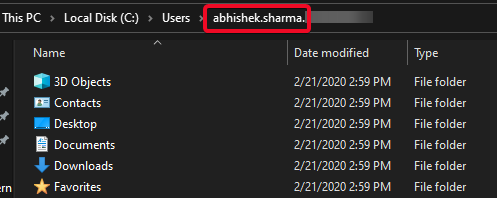

So you will end up wanting to create a new image at least once a year. Possibly creating more issues as the years go by. Each time you reimage your drive you will end up having to wait for your system to update again and replace your backed up files. Including any files you have saved that you have not backed up.

However this image will never have any of the updates that have been installed over time. This is possible with windows 10's default programs. System images are very large, and contain many files you really don’t need.What you are wanting to do is create an image of your system immediately after you finish making all the changes you want. Windows 11 comes with a built-in backup solution that can backup the operating system, applications and files at a certain point in time, and save to an external hard disk in case of system failure.Īs mentioned above, system image backup isn’t ideal for most situation. How to Backup and Restore in Windows 11 – Website for Studentsįor complete image backup, continue below: How to create complete system backup in Windows 11 In this case, doing a complete backup of the system and stored somewhere is a best case in this situation.įor majority of users, the backup strategy in this post below should be considered. If you’re worried about losing important documents that are difficult to replace, then doing a complete system image backup shouldn’t be your backup strategy.Ī system image backup is ideal for situations where an important PC with critical applications and complicated setup and settings that are difficult and time consuming to rebuild.


 0 kommentar(er)
0 kommentar(er)
